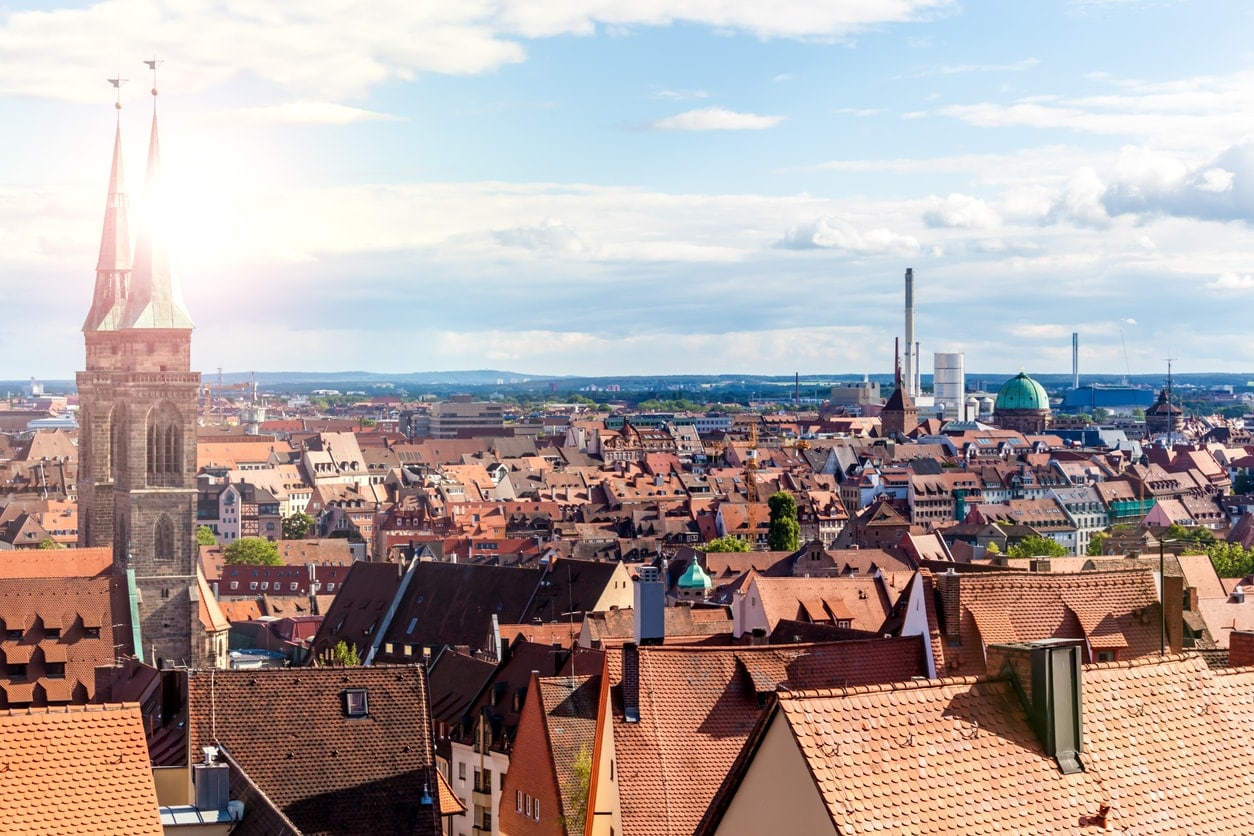
One of the cities with its own weight in history is Nuremberg. I think we know it more from history books than from its tourist attractions, but in one way or another it is a well-known city.
Nuremberg is Germany, is known by Nuremberg trials after the Second World War, but it is a very interesting destination if you are thinking of touring Germany. Let's see today how to do tourism in Nuremberg.
Nuremberg
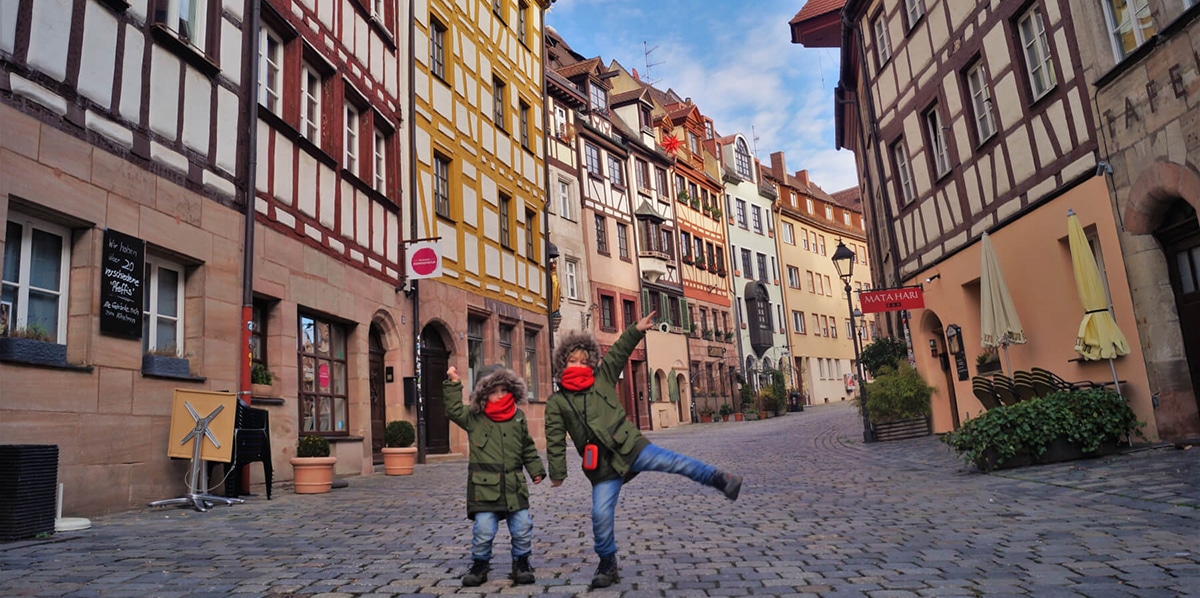
The city is in the state of Bavaria, on the banks of the Pegnitz River, and it is very old. That makes its historic center charming and that each corner breathes history. Around it there are many forests and fields dedicated to agriculture.
The old town is divided into two neighborhoods by the riverbed, the San Lorenzo neighborhood and the San Sebaldo neighborhood. Its twisted streets go up towards the castle and it is an ideal area to explore on foot, in the middle of the walk.
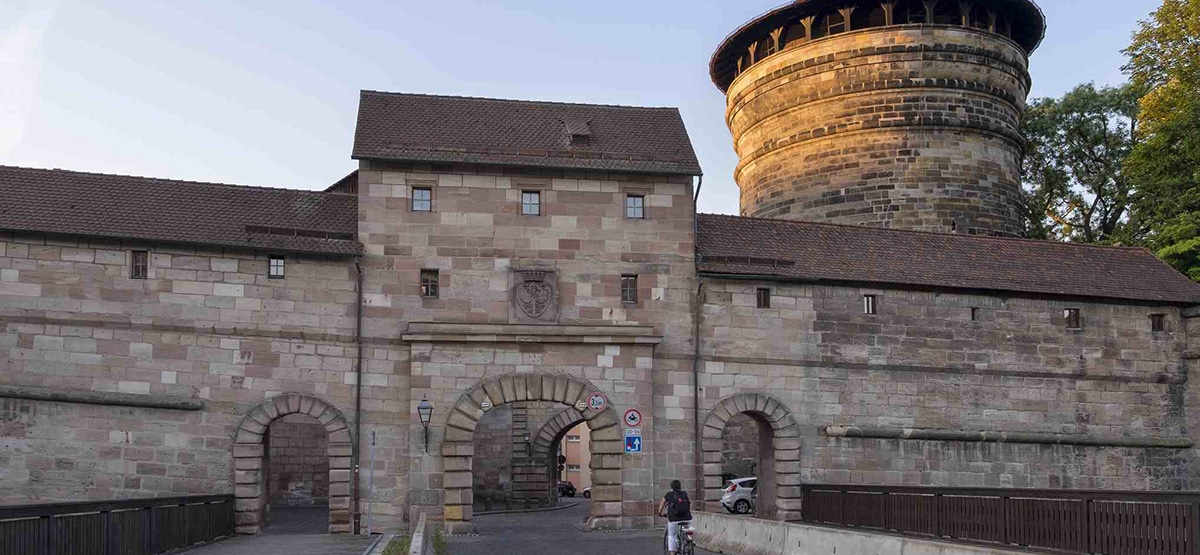
All the old town is surrounded by medieval walls, five kilometers of stones, with main gates and towers, four in total. The medieval postcard is like that, complete. The parapet is almost entirely open to visitors, there is a wooden roof to shelter them and a pit, very wide, turned into a garden, which it is one of the few moats that have survived in Europe.
Obviously the WWII bombs took their toll, but everything was rebuilt according to original plans so the charm is there.
What to see in Nuremberg
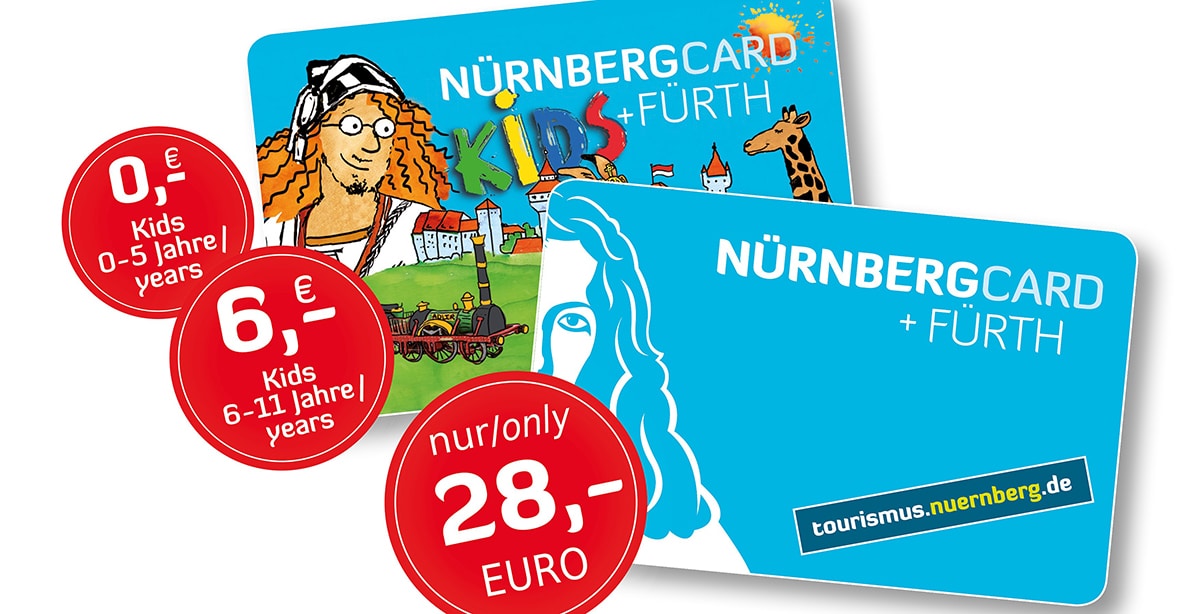
The local tourist office is in the Cultural Center, the Kunstkulturquartier, just opposite the train station, although in the central square, the Hauptmarkt, there is another small office. In both places you get the Nüremberg + Fürth tourist card » (Fürth is the name of the neighboring town). This card allows you use local transportation for two consecutive days and opens the door of museums in both cities for free.

Keep in mind that Nuremberg it is the second largest city in Bavaria, with its almost a thousand years of existence. So, to start our walk there is nothing better than doing a medieval walk. And the first place to know is the kaisenburg, the political and military center of the city and one of the imperial palaces more important at that time.
At his feet rests the historic helmet with its old houses with lots of wood, for example the Albrecht Durer House, or Tanner's Lane, which is where these types of houses are most concentrated. On the banks of the river you also find the Wine depot and the old churches that give their name to the two distinctive neighborhoods of the medieval town: the Church of St. Sebald and that of San Lauwrence.

La St. Sebaldus Church It has two parts, the west and the east. On the west side there are Romanesque and early Gothic naves and towers, mostly from the XNUMXth century. On the east side there is a late Gothic hall from the XNUMXth century. This XNUMXth century saint is the patron of the city and there is his tomb, which was designed in 1510 by Peter Vischer the Elder in an early Renaissance style with some bronze figures depicting scenes from his life.
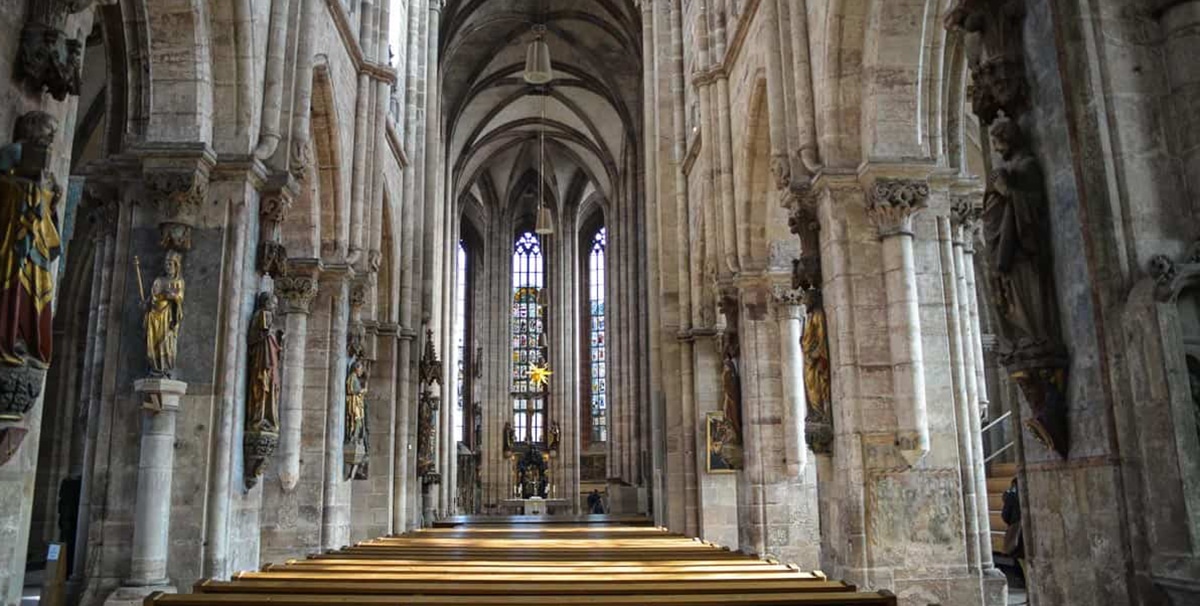
For its part, Church of San Lorenzo, it began to be built in the XNUMXth century but it took a few more centuries to finish it. Today the predominant style is Late German Gothic, or sondergotic. It was one of the first churches to convert to Lutheranism in 1525. One of its beloved treasures is a beautiful tabernacle carved by Adam Kraft.
Another medieval pearl is the Gothic fountain from the XNUMXth century, designed like the tower of a Gothic church, with 40 polychrome figures on four levels. It is beautiful and it is at one end of the market square.
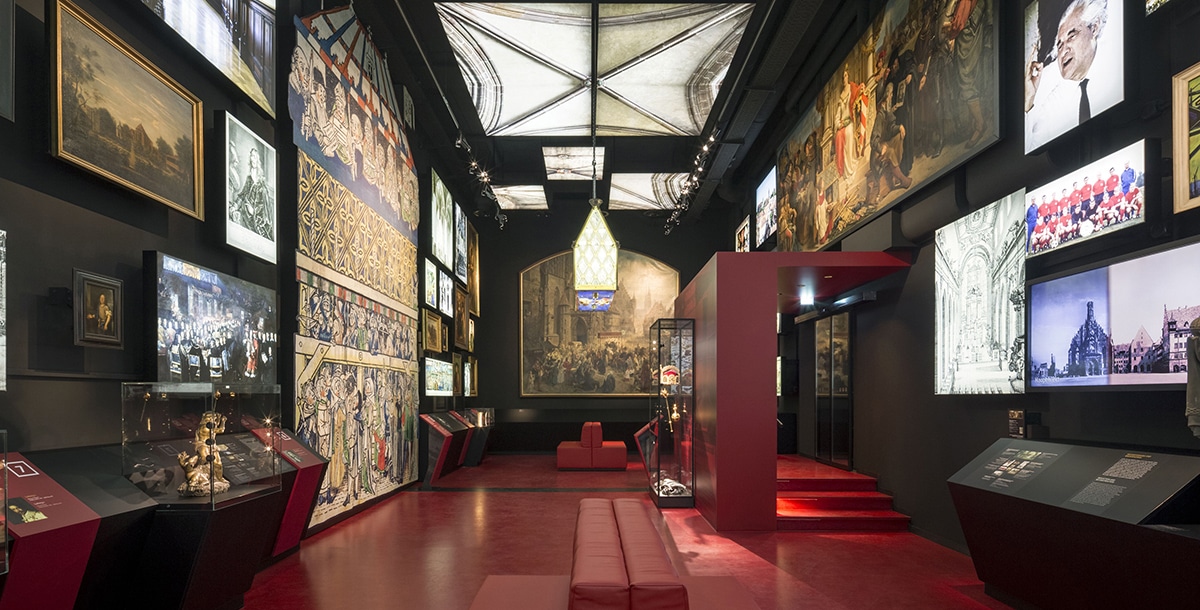
With respect to Nuremberg museums most are concentrated in this area. In addition, from mid-morning until 6:30 p.m. everything is pedestrianized and makes it easy for walkers to come and go. Well the Imperial Castle It is a museum, it dates from 1040 and it has a couple of beautiful rooms to visit. There is also the Town hall, a XNUMXth century building, with a beautiful Gothic hall and a cellar with medieval cells; or the beautiful XNUMXth century Renaissance building, the fembohaus, which deals with the history of the city.
Then there is also the Germanic Museum, the Museum of the Medieval Executioner's House, the Lochgefängise Museum, former municipal jail, the Hospital Museum XNUMXth century, the elegant Tucherschloss Museum that reflects the life of the local nobles ...
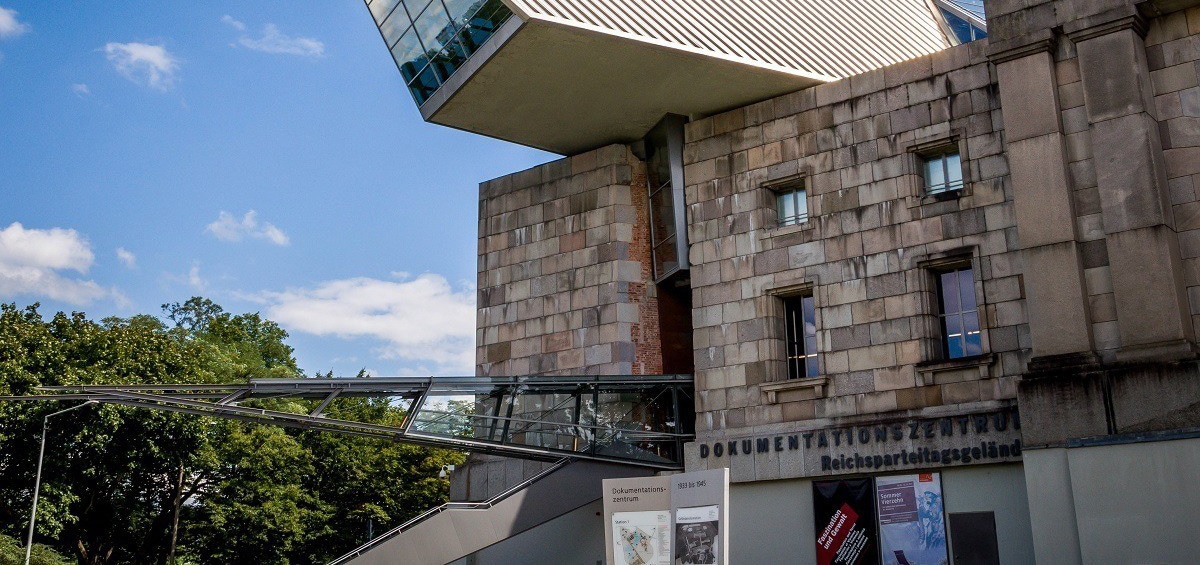
That's with respect to medieval life, but of course Nuremberg is best known today for its role in the famous Nuremberg trials against the Nazis. In this sense you can visit the Dokuzentrum with the history of the Nazi party congresses and dates on the Holocaust and the Nuremberg Trials Memorial at the Palace of Justice which is specifically the room where between 1945 and 1946 the trials were carried out, 21 trials in total.
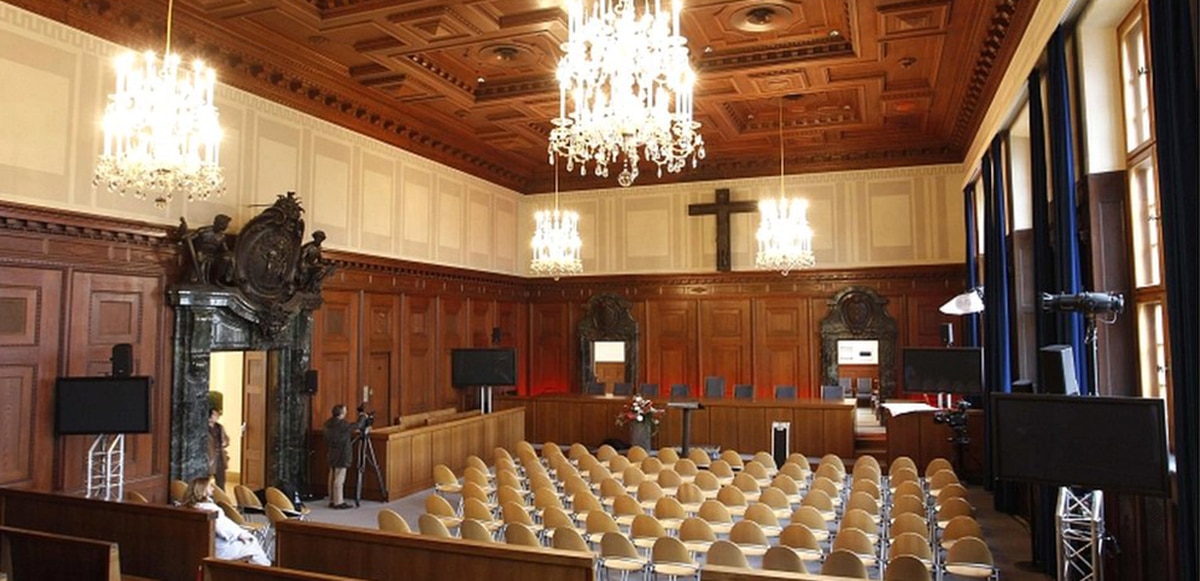
This visit should be done on Saturdays, when there are no sessions and if you understand English you can take an audio guide that tells you the whole story. On weekdays it can be a bit more complicated because the building continues to function.
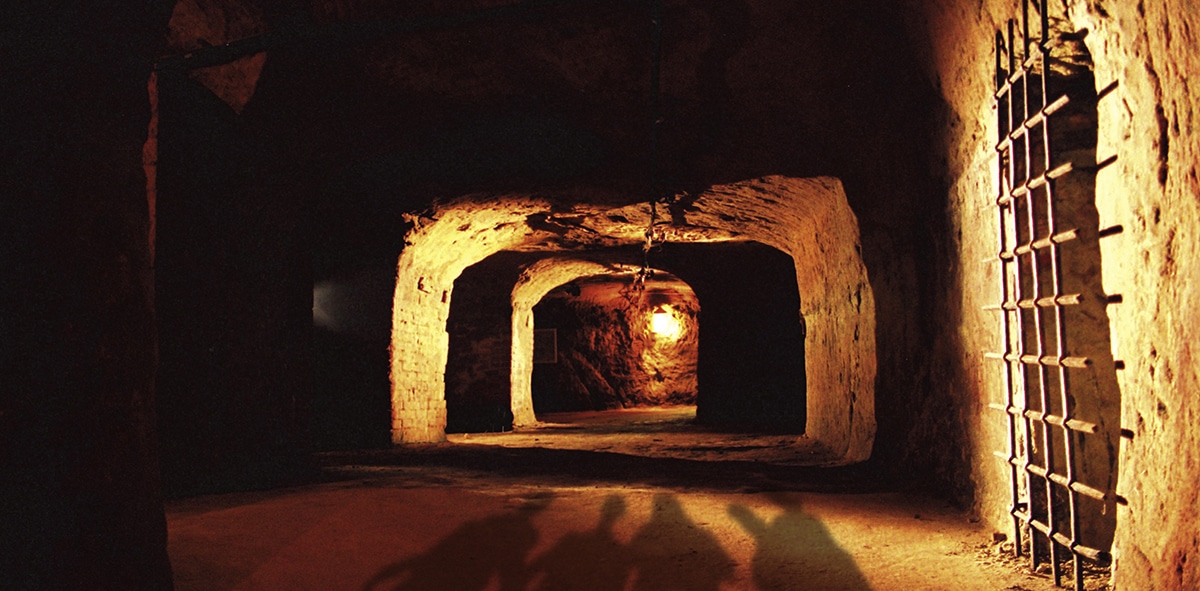
If you also like to walk through mysterious places and do not have claustrophobia then you can visit the fascinating passageways that for hundreds of years the inhabitants of the city have built under its streets. More than passageways they are vaults, cellars, red beer storage, the most popular around here. So, in addition to the medieval dungeons you have these cells and also a bunker dedicated to art under the castle itself.
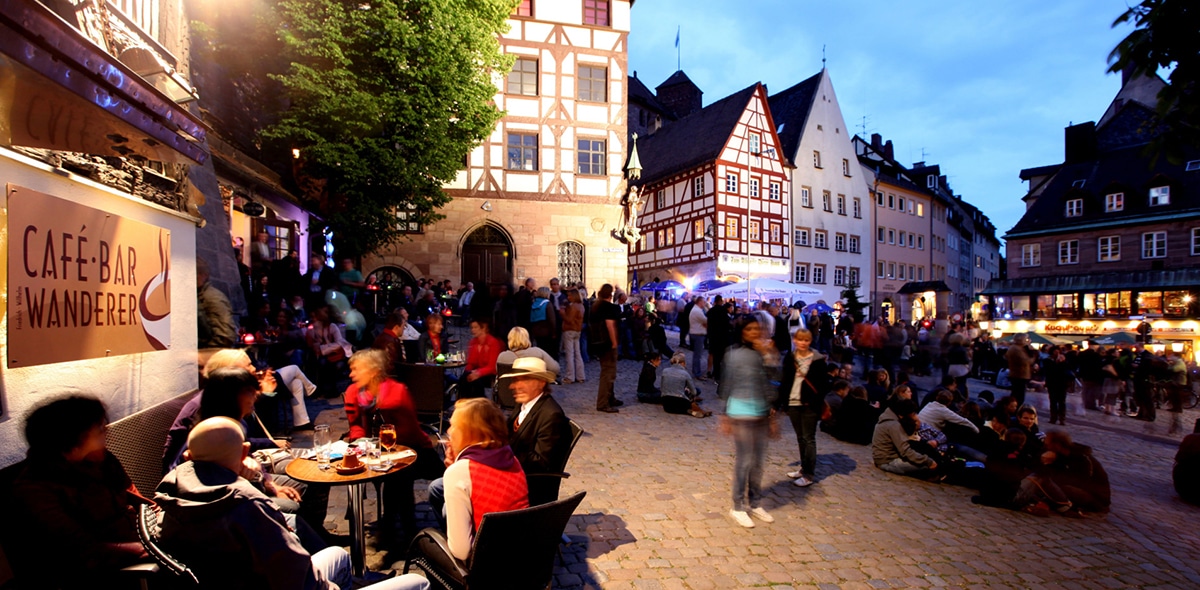
In addition, Nuremberg offers its visitors other types of attractions. For example, him German Train Museum, with locomotives, a royal train of King Ludwig II ... As you can see, the visit to the city can be very interesting. Add the local food, sausages, potatoes, stews, game meat, a few good pints of beer and you have a great Nuremberg memory.